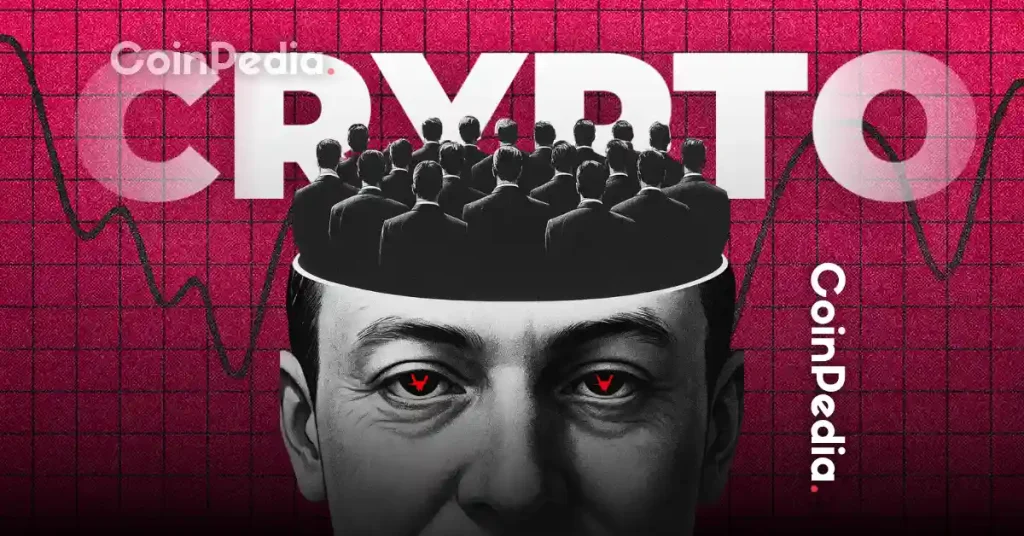The IRS is rewriting the playbook for 2026, changing tax brackets in a way that will decide how much money Americans keep and how much goes straight to Washington.
The agency said new income limits are being introduced to better tackle inflation, a reset that will change the numbers on every tax return filed in the year ahead.
According to the IRS’s press release, officials will apply a 2.7% inflation rate, which means workers will need to earn more before climbing into a higher bracket.
In 2026, a single filer making $50,000 will be taxed at 12%, when in 2025, that same person would be taxed at 22%. The goal here is reportedly to block what the IRS calls “bracket creep,” when inflation forces taxpayers into higher categories without a real jump in purchasing power.
The new figures follow back‑to‑back adjustments in 2023 and 2024, when thresholds were raised 7% and 5.4% to offset pandemic‑era price spikes, according to the IRS.
IRS raises deductions and orders furlough
The IRS also announced updated standard deductions for 2026. Couples filing jointly will deduct $32,200. Heads of household will deduct $24,150. Single filers and married individuals will deduct $16,100.
Seniors are also included, with the president’s One Big Beautiful Bill Act allowing an extra $6,000 deduction for people aged 65 and older. That benefit is now capped at an adjusted gross income of $75,000 for single taxpayers and $150,000 for couples, and it is scheduled to end in 2028.
On the same day, the IRS revealed an agency‑wide furlough beginning October 8, the direct result of the federal government shutdown. Taxpayers with an October 15 extension deadline won’t get more time. “Taxpayers should continue to file, deposit, and pay federal income taxes as they normally would; the lapse in appropriations does not change Federal Income Tax responsibilities,” a spokesperson told CBS News.
IRS outlines how brackets work and impact of OBBBA
The IRS reminded filers that U.S. taxes have seven brackets: 10%, 12%, 22%, 24%, 32%, 35% and 37%, with each percentage applying to a slice of income, not the whole paycheck. For instance, a single person with $50,000 in taxable income in 2026 will pay 10% on the first $12,400, then 12% on the remaining $37,600.
For instance, a married couple with $150,000 in gross income would first subtract the 2026 standard deduction of $32,200 from that amount, leaving them with $117,800 in taxable income. That would put their top marginal tax rate at 22%.
However, their effective tax rate is much lower:
- Their first $24,800 of income will be taxed at 10%, or $2,480 in taxes
- Their earnings from $24,800 to $100,800 would be taxed at 12%, or $9,120 in taxes
- Their income from $100,800 to $117,800 would be taxed at 22%, or $3,740 in taxes
The changes also connect to the One Big Beautiful Bill Act, signed by President Donald Trump in July. That law locked in most of the 2017 Tax Cuts and Jobs Act, stopping hikes that were on the horizon. The Tax Foundation estimated the average filer will save $3,752 in 2026, though the size of the benefit depends on where they live and how much they earn.
The differences are clear in new data. Households in the bottom fifth, earning up to $34,600, will save about $150 in 2026, equal to 0.8% of their income. Households in the top fifth, earning $217,101 or more, will save an average of $12,540, or 2.5% of their income.
Get seen where it counts. Advertise in Cryptopolitan Research and reach crypto’s sharpest investors and builders.















 English (US)
English (US)